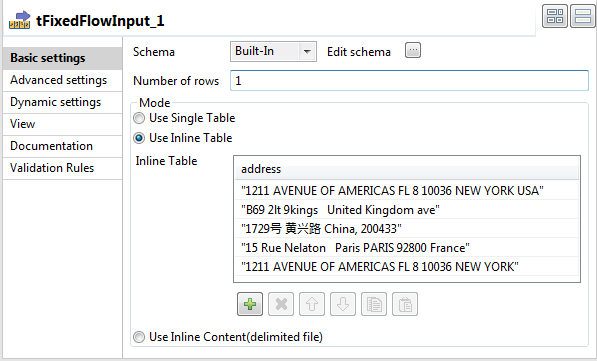Parsing addresses against MelissaData
About this task
You can run the Parsing addresses against reference data in the Cloud Job against Melissadata repository by doing the followings:
Procedure
Did this page help you?
If you find any issues with this page or its content – a typo, a missing step, or a technical error – let us know how we can improve!



